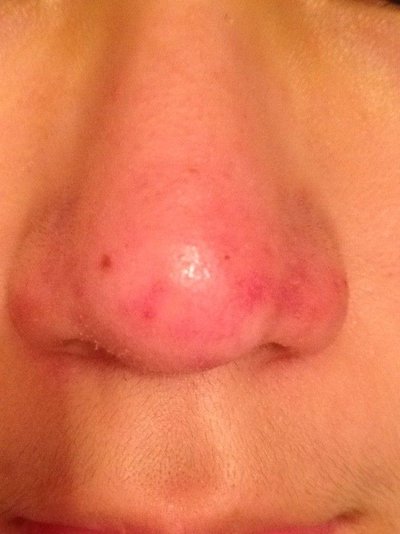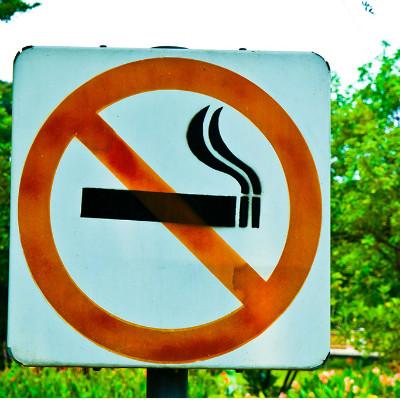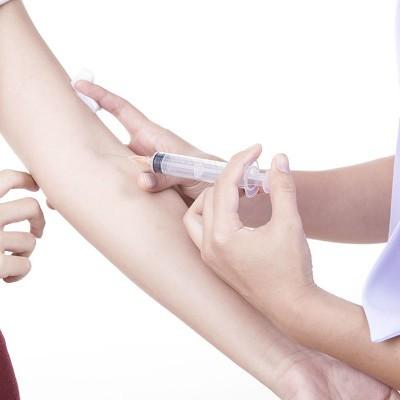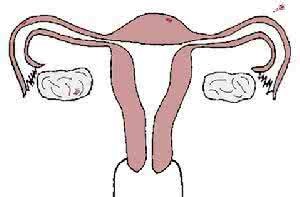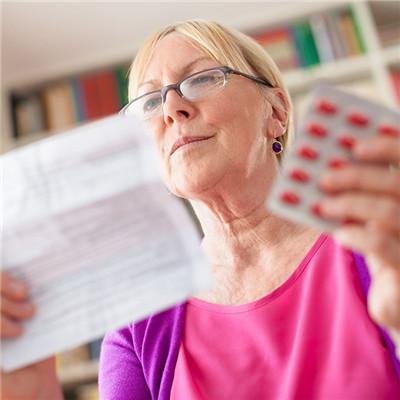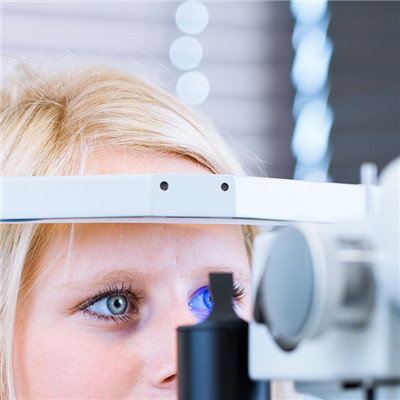How does penicillin anaphylactic shock do?
summary
Penicillin allergy is common, and if it is serious, it can lead to shock. The clinical manifestations of penicillin allergic reaction are various, and the most serious one is anaphylactic shock. As a clinical worker, summed up their own experience, hoping to bring some help to everyone's life.
How does penicillin anaphylactic shock do?
First, stop the medication immediately, rescue the patient on the spot, make the patient lie flat, pay attention to keep warm, and report to the doctor at the same time.
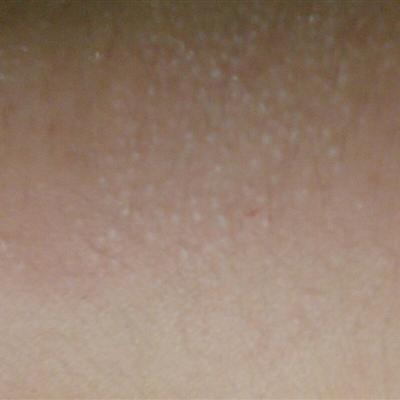
Second: adrenaline hydrochloride injection. According to the doctor's advice, 0.1% epinephrine hydrochloride was injected subcutaneously immediately. The dosage for adults was 0.5 ~ 1ml, and the dosage for children was reduced. If the symptoms are not relieved, 0.5ml can be injected subcutaneously or intravenously every 30 minutes until they are out of danger. It can contract blood vessels, increase peripheral resistance, excite myocardium, increase cardiac output and relax bronchial smooth muscle. It is the first choice for rescuing anaphylactic shock.
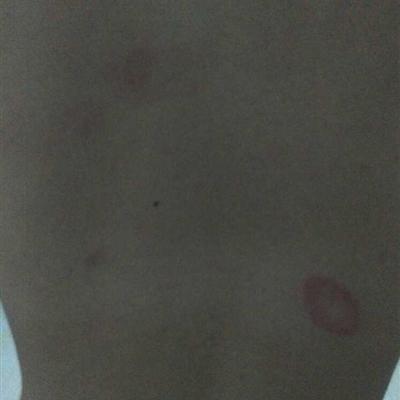
Third: immediately give oxygen inhalation to correct hypoxia and improve breathing; If respiratory depression, should immediately carry out artificial respiration, according to the doctor's advice application of respiratory stimulants, can intramuscular injection of nicothamide or lobilin, etc.
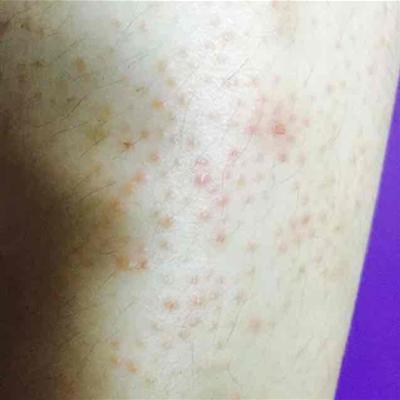
matters needing attention
Closely observe the patient's temperature, pulse, respiration, blood pressure, urine volume and other disease changes. Do not move the patient until he is out of danger.






